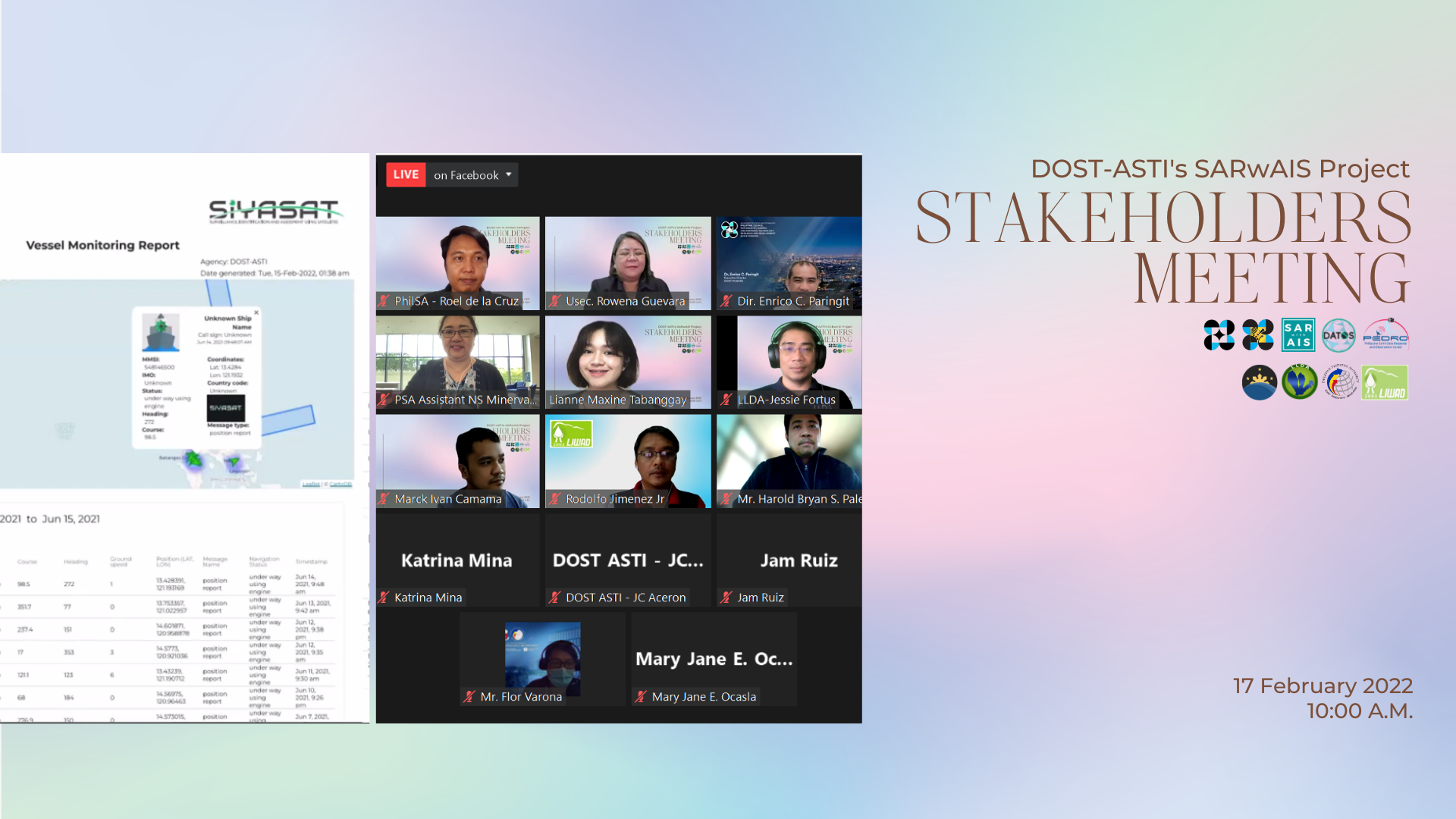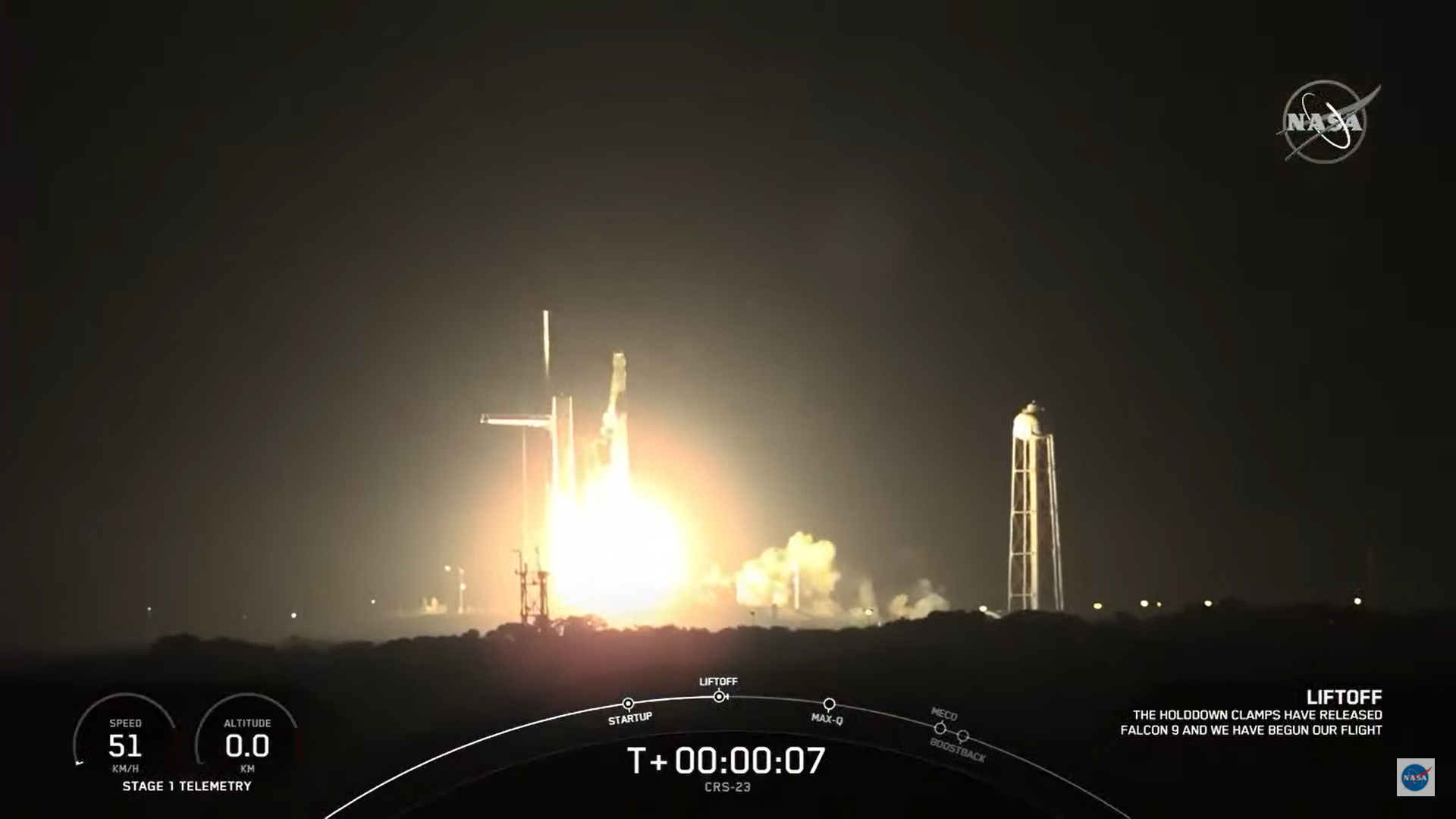The National Aeronautics and Space Administration (NASA) released its free Open Science 101 curriculum to empower researchers, early career scientists, and underrepresented communities with the knowledge and tools necessary to embrace open science practices. (more…)
S-Booster
HEAR YE, HEAR YE!
S-BOOSTER 2022 IS NOW ACCEPTING APPLICATIONS!
S-Booster is a space-based pitch competition for ventures, individuals, and businesses in different industries in Japan and the Asia-Oceania region that aim to commercialize their business ideas utilizing space assets businesses in space such as rockets, satellites and commercial space stations, as well as businesses on the ground utilizing space assets such as satellite data and technology.
Deadline for applications is on 20 JUNE 2022.
To know more about S-Booster, please visit their website at s-booster.jp/en/2022
#iamDTIph #DTIPhilippines
See full post here: bit.ly/3LLF3Ux
s-booster.jp/en/2022
SARwAIS Project holds 2nd Stakeholders Meeting
Quezon City, Philippines –In order to apprise our stakeholders of the progress, activities, and efforts of the Synthetic Aperture Radar and Automatic Identification System for Innovative Terrestrial Monitoring and Maritime Surveillance (SARwAIS) Project, an annual Stakeholders Meeting is hereby convened. (more…)
PhilSA is inviting you to join the Galileo Hackathon by GNSS.asia
The Galileo Hackathon by GNSS.asia in the Philippines is an ideation hackathon that will utilize Galileo, the European Global Navigation Satellite System (GNSS) to solve four (4) global challenges. We’re looking for innovative solutions, ideas, concepts, or design products, devices, or services that utilize Galileo positioning data for: (more…)
Next generation of PH satellites under way
PH eyes having new Earth Observation satellite in space by 2023 (more…)
Maya-3 and Maya-4 CubeSats launched to International Space Station
The CubeSats Maya-3 and Maya-4 were launched to the ISS on August 29, 2021 at 3:14 P.M. (PST) aboard a SpaceX Falcon 9 rocket’s Dragon C208 as part of SpaceX Commercial Resupply Mission-23 (SpX-23). Weighing approximately 1.15 kilograms per unit with 10-centimeter cubic frames, these CubeSats house components that are designed to demonstrate nanosatellite-based remote data collection systems and optical imaging. Once the CubeSats are released from the ISS, they will move along an orbit similar to the space station’s, which is at an altitude of approximately 400 kilometers. (more…)










